Impact craters 🢔 Geological wonders 🢔 Categories of wonders
Wonder
Zerelia Lakes
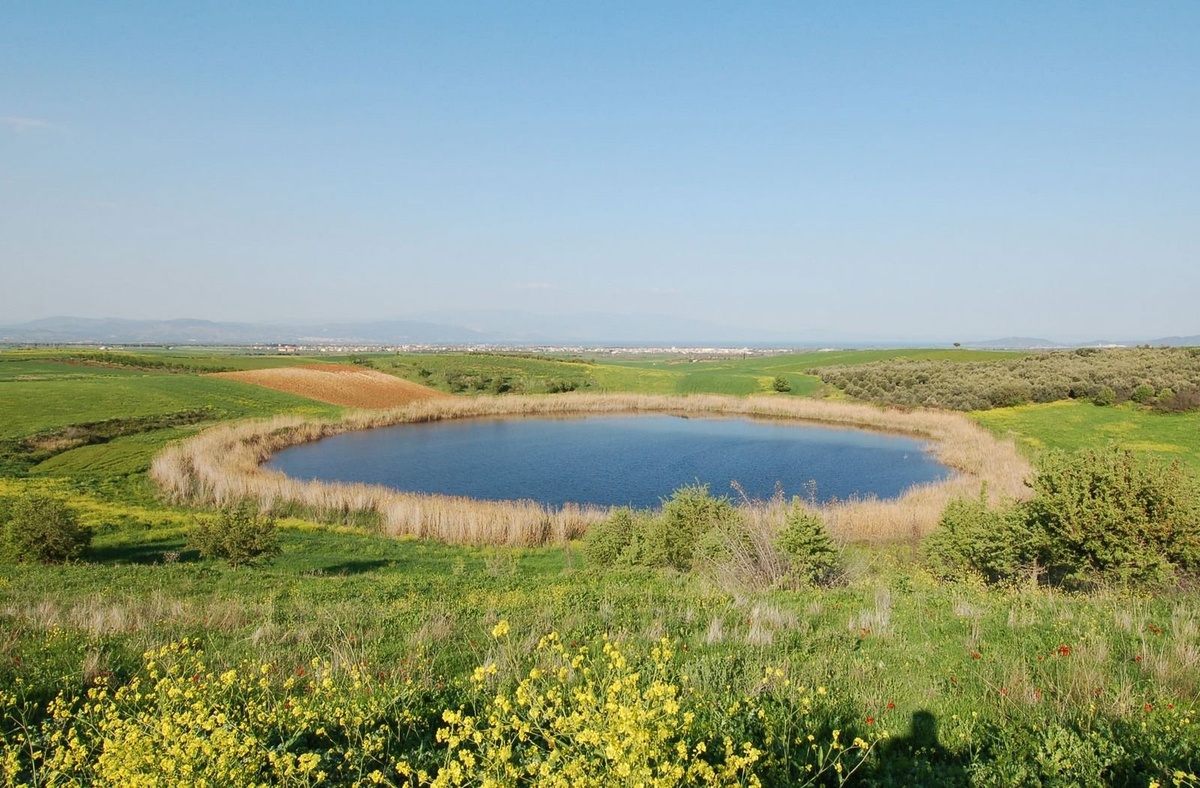
 In short
In short
Many facts hint at the possibility that both Zerelia Lakes were created by a meteorite impact some 12 – 8 thousand years ago.
 36.0%
36.0%
GPS coordinates
Location, address
Name in Greek
Alternate names
Diameter
Depth
Age
Map of the site
If you see this after your page is loaded completely, leafletJS files are missing.
 In detail
In detail
At the foot of Othrios mountain are two small, round lakes.
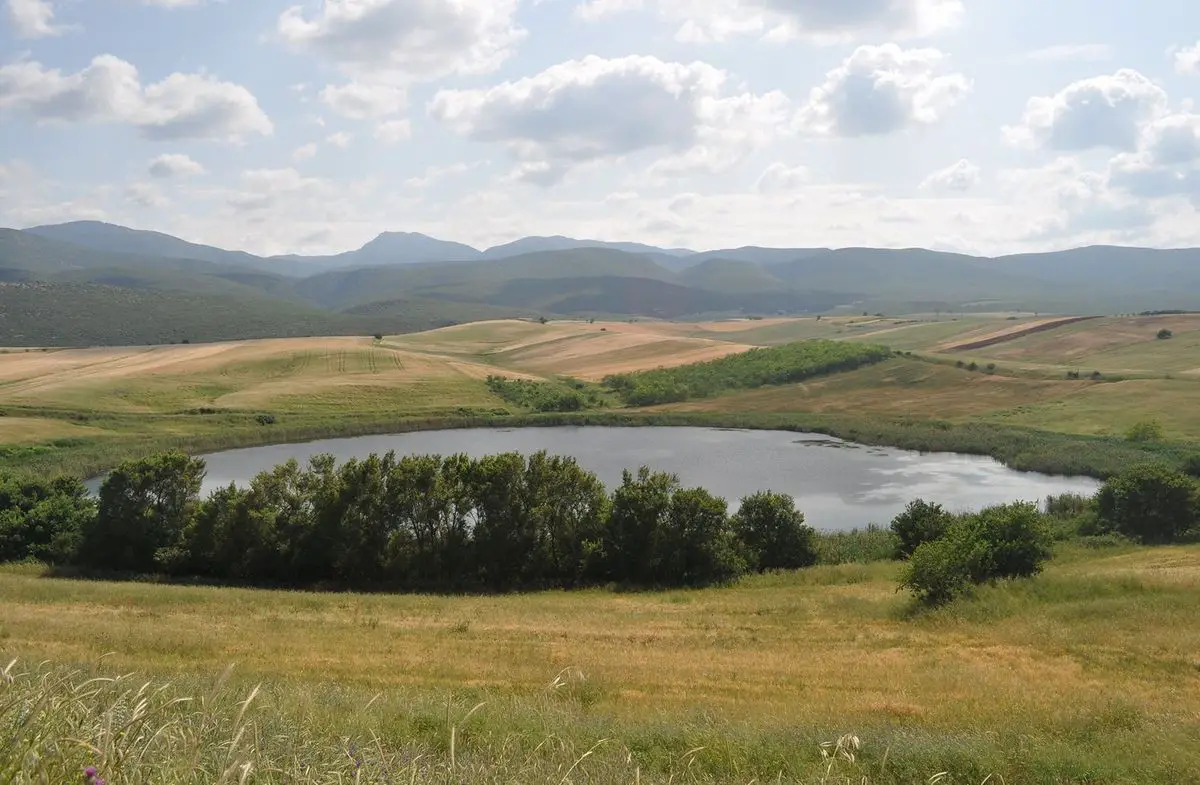
Great Zerelia lake has a diameter of some 250 m and it is up to 8 m deep. The other – Small Zerelia – is located only 230 m to the southeast. This smaller lake has a diameter of 150 m and is up to 6 m deep. The bottom of both lakes is fairly flat and covered with muddy sediments. Specialists estimate that the original depth of the larger lake was between 50 and 60 m.
Initially (1960ies – 1970ies) it was proposed that both lakes are maars – explosion craters that are created by the blast of superheated groundwater above the areas of volcanic heat. Maars also can have a perfectly round shape.
But further research (1) shows that there is no trace of volcanic activity in the rocks around the lakes. Recrystallized and deformed glass-shaped fragments of rocks, and calcite globules as well as inclusions of molten zircon, chrome spinel, and other uncharacteristic minerals show that there has taken a place a sudden increase of temperature and pressure as well as the intrusion of alien matter. Speaking in other words: this looks like a meteoritic impact.
Both lakes could be created by a meteorite impact some 12 500 – 8 000 years ago. The pieces of meteorites could be 10 – 30 m large and, it is possible, that these were two pieces of a larger meteorite that divided in the atmosphere.
Nevertheless, Zerelia Lakes are unconfirmed impact craters up to now. It is highly likely that they were created by the meteoritic impact, but we are not absolutely sure yet.
Both lakes are important wetlands – habitats for birds.
Only 100 m north-east from the shore of Great Zerelia is Zerelia mound (Magoula Zerelia settlement) – the site of a prehistoric settlement that was inhabited in the Middle Neolithic – Late Bronze Age. The oldest finds in this settlement are 7 thousand years old. Many people, including specialists, believe that in one of the lakes is located an ancient shrine – the temple of goddess Itonida (Athena Itona). According to legends, this temple is seen at very low water. This, reportedly, happened in 1980 after an earthquake.
References
- V. J. Dietrich, E. Lagios, E. Reusser, V. Sakkas, E. Gartzos, and K. Kyriakopoulos. The enigmatic Zerelia twin-lakes (Thessaly, Central Greece): two potential meteorite impact Craters. Solid Earth, received on 31st July 2013. Accessed on 19th February 2021.
 Linked articles
Linked articles
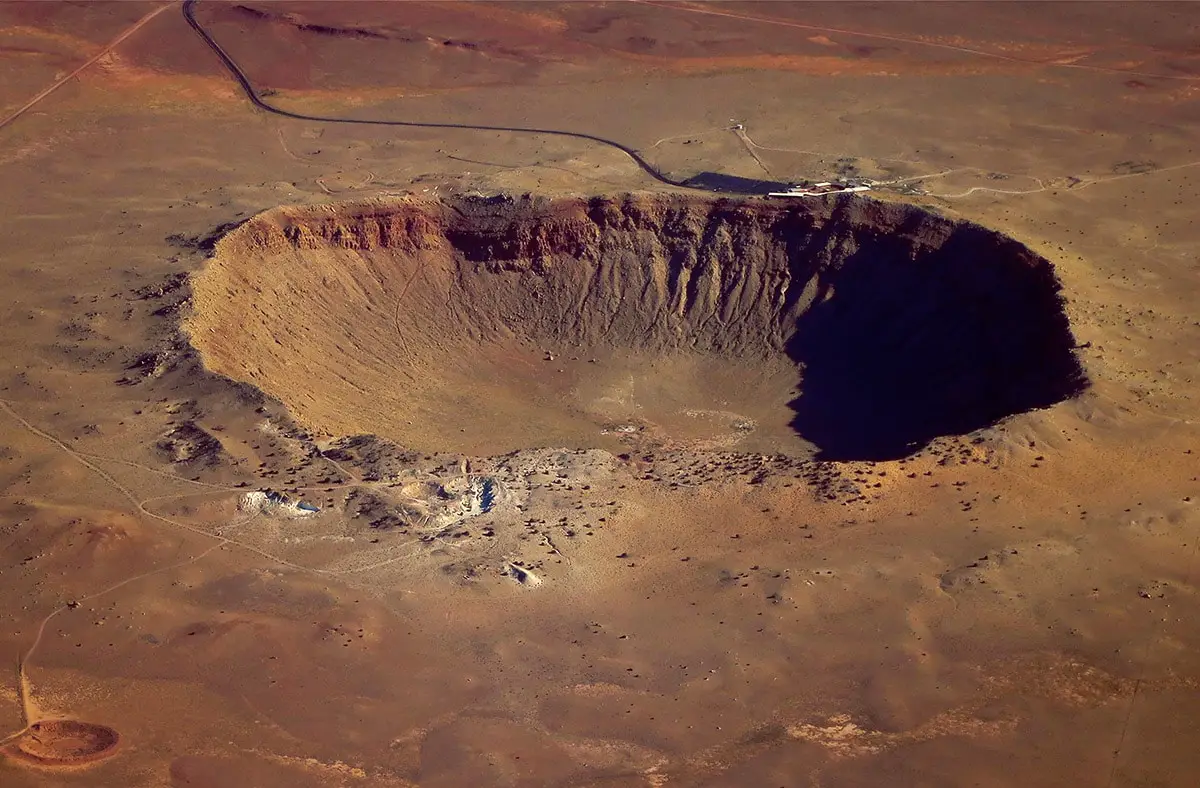
Impact craters
There are many pieces of solid matter flying around in space. And VERY frequently they fall on the surface of the Earth. There are estimates that every year on Earth fall 18,000 – 84,000 meteorites larger than 10 grams: e.g. one meteorite every 6 – 30 minutes.
This category includes outstanding impact craters – detectable scars on the surface of Earth left by a body coming from outer space. The category includes also meteorites – natural objects from outer space.
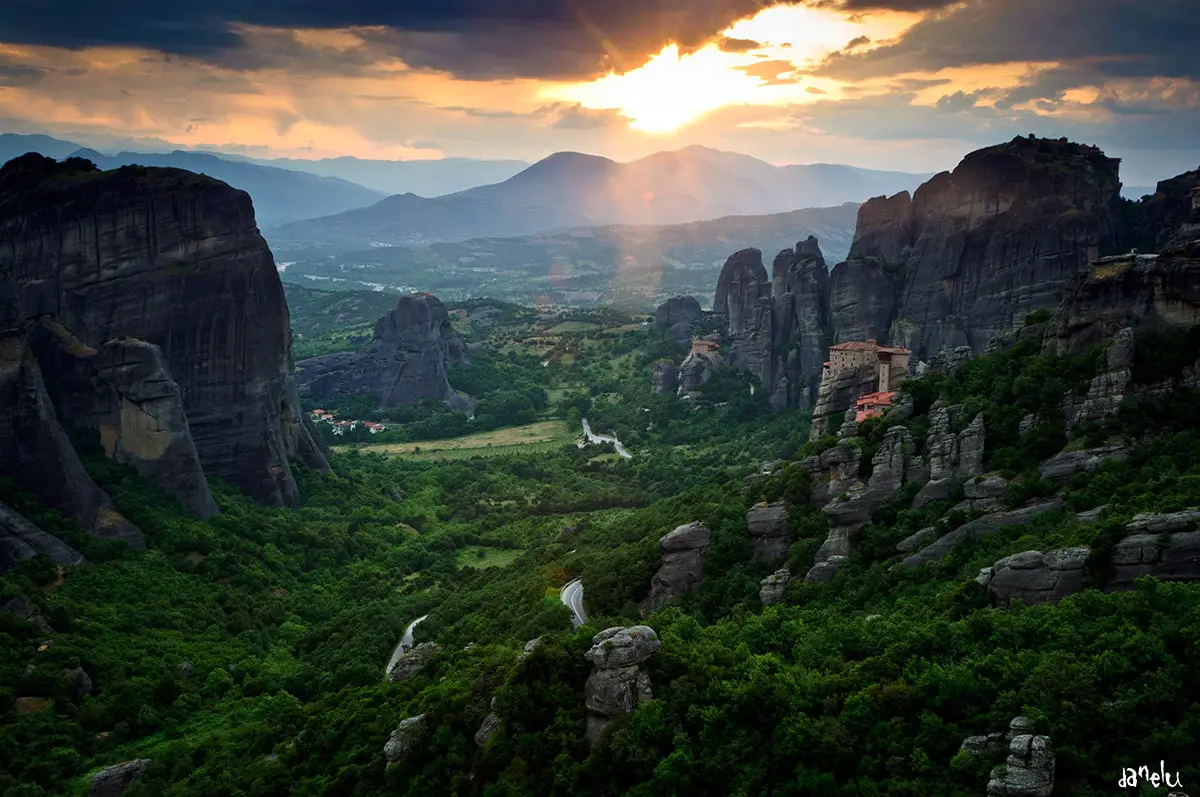
Wonders of Greece
Greece is one of the few countries in the world where are located centers of ancient civilizations. And not just one – but several. Archaeological and cultural monuments here are older than in the remaining part of Europe and, in many cases – in the whole world. The wealth of important, unusual, and even mysterious landmarks in Greece is overwhelming.
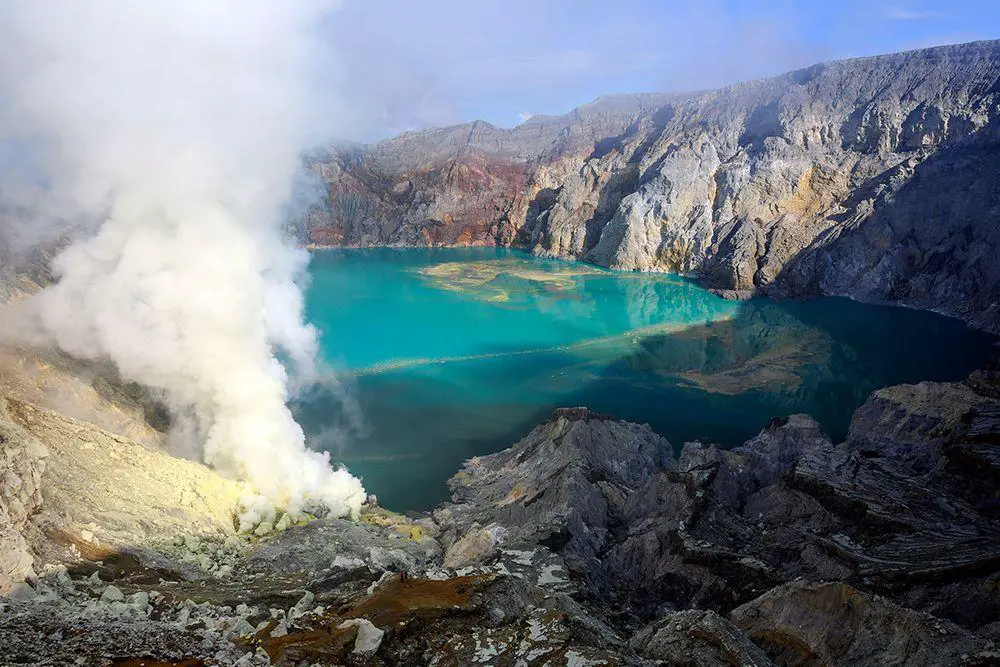
Lakes and streams
There are many factors that can make lakes, sea bays, or rivers unusual. Some lakes have unusual chemical properties and even do not contain water at all – such as lava lakes. Others may have unusual animals living in them or… legends about such animals.
 Recommended books
Recommended books
Thessaly
User-friendly, accessible cultural guide to the sights, monuments, and landscape of Thessaly, including the famous monasteries of the Meteora, Trikala, Volos and Mount Pelion (Pilio), Larissa, the Vale of Tempe, Dion, and Mount Olympus.
Wonders of Continental Greece. Thessaly: Pelion – Meteora
You will see this is not just another Greece travel guide.
In this book, you will discover, through a travel story and a large number of photos and maps, with concise historical and architectural explanations, the known and unknown treasures of two of the most extraordinary parts of Greece.


